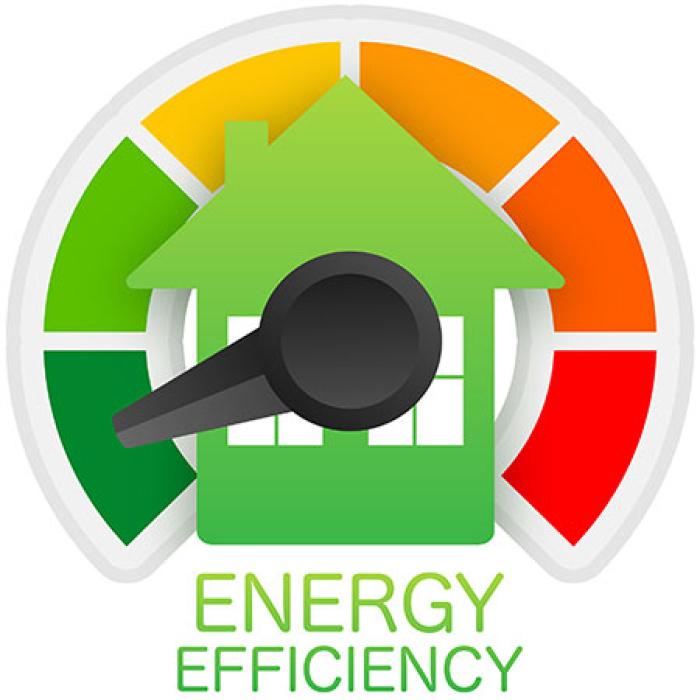The financial benefits of energy efficient upgrades can vary greatly.
Let's take a closer look at the pros and cons of going green - and how to get started with improvements that make financial sense for you and your home.
The Impact of Energy Efficient Improvements
Smart energy efficiency adjustments have the potential, in some cases, to radically reduce the amount of energy your house requires. Holes, leaks, poor ductwork, old or inefficient furnaces and other equipment can all result in an inflated energy bill. By addressing these issues, it's possible to reduce your energy costs substantially.
In terms of home value, energy efficiency is becoming a sought after attribute for potential buyers. In 2014, for example, energy efficient homes in Los Angeles County saw a six-percent increase in value. Other studies have shown similar results.
Finally, installation of new, energy efficient home features may also confer health and comfort benefits.
While some energy efficient improvements can be made inexpensively, some often require a significant initial cost outlay - even if the costs can be ultimately recovered over time. Particularly for those with older, less efficient homes, it's important to take care of inexpensive, high return options first. Then consider whether the cost of more expensive upgrades is worth it to you.
Key Efficiency Upgrades
The first step toward going green is a comprehensive assessment or energy audit to determine how much energy your home is currently using. While the cost of assessments and audits varies, some utilities offer this service at a discount or even free of charge. This assessment will help you identify the areas where your home is most in need of energy improvements. A few of the most common fixes include:
- Increased and/or new insulation
- Sealing air leaks around doors and windows
- Installing solar panels
- Low flow water fixtures
- Smart thermostats
- Energy efficient appliances
- Efficient HVAC systems
- Energy efficient windows and doors
While it may not be financially feasible to address all your energy issues at once, even a single upgrade can make a significant difference. Starting small by spending a few hundred dollars on fixing air leaks or installing low flow water fixtures can pay dividends right away. If needed, spending even a few thousand on insulation is an investment that can be recouped relatively quickly. Costs for heating and cooling systems and window and door replacement, on the other hand, can rise into the five figures, potentially taking a decade or more to pay off via energy bill savings.
 When considering energy efficient upgrades, keep in mind that the value of your home also rises with energy efficient upgrades, providing you with a return for your investment that goes beyond reduced monthly bills.
When considering energy efficient upgrades, keep in mind that the value of your home also rises with energy efficient upgrades, providing you with a return for your investment that goes beyond reduced monthly bills.
The Takeaway
Investing in energy efficient upgrades is an excellent way to reduce your monthly household expenses while also improving the overall value of your home. By approaching these upgrades in a smart financial manner, these improvements can potentially pay for themselves over time.

